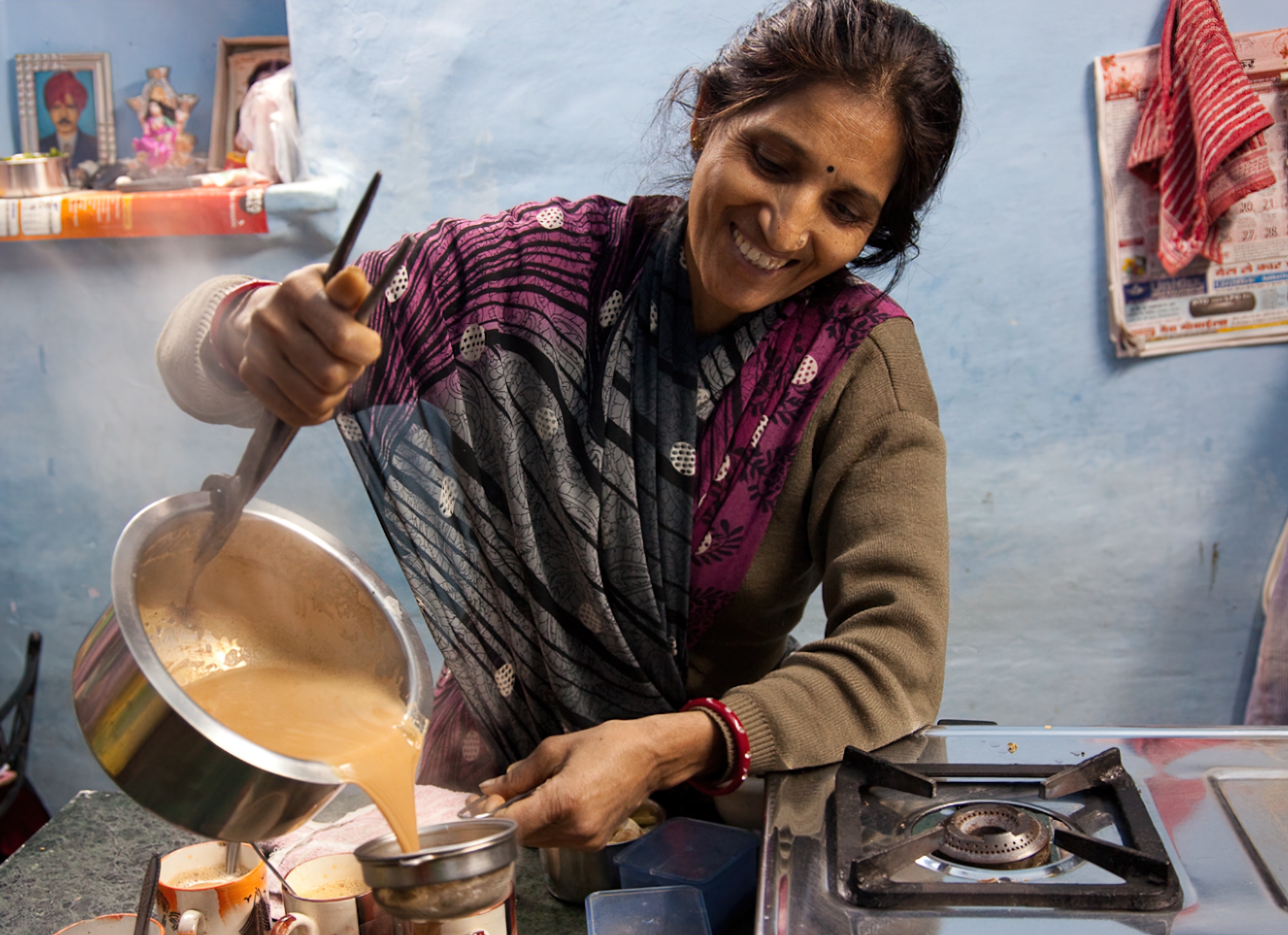Indian cuisine is as diverse as its culture, making it a real gem in the culinary world. With a dizzying array of spices, unique cooking methods, and a wide range of ingredients, Indian cooking can be a thrilling adventure for any food lover.
The Spice Palette of Indian Cooking
When it comes to Indian cooking, spices are the heart of every dish. Coriander, turmeric, cumin, and garam masala are some of the most commonly used spices. But the real magic happens when these spices are roasted and ground into a blend known as “masala”.
- Coriander: A citrusy spice, coriander gives a fresh, sweet undertone to dishes.
- Turmeric: Known for its bright yellow color, turmeric adds an earthy flavor and is often used for its health benefits.
- Cumin: Cumin has a warm, aromatic flavor that’s indispensable in many Indian dishes.
- Garam Masala: This is a blend of warming spices, including cinnamon, cloves, nutmeg, and cardamom, giving dishes a deep, complex flavor.
Essential Techniques in Indian Cooking
Indian cooking involves specific techniques that give dishes their unique character. Here are a few key methods:
- Tempering (Tadka): This involves frying spices in hot oil or ghee (clarified butter) to release their essential oils, which enhances their flavor.
- Bhuno (Roasting): This technique involves cooking ingredients in a heavy bottom pan until all the water content has evaporated, concentrating the flavors.
- Dum Cooking: Used for biryanis and certain curries, this involves sealing a pot with dough and cooking on a low flame to allow the ingredients to mingle and create a flavorful dish.
Bringing It All Together: Simple Tips for Mastering Indian Cooking
Starting with simple recipes can be a good way to delve into Indian cooking. Try mastering a basic dal (lentil curry) or a simple vegetable curry before moving on to more complex dishes like biryanis or paneer tikka.
Remember, the key to good Indian cooking is patience and practice. The spices need time to meld together and create deep flavors. So, take your time, enjoy the process, and most importantly, don’t be afraid to experiment with flavors. After all, Indian cooking is as much an art as it is a science.
Indian Cooking Essentials: Ingredients and Utensils
No journey into Indian cooking is complete without discussing some essential ingredients and utensils that are commonly used in Indian kitchens.
Key Ingredients
Indian cooking uses a variety of ingredients, some of which might be new to those unfamiliar with the cuisine. Here are a few essentials:
- Rice: Basmati is a long-grain variety typically used for biryanis and pulao.
- Lentils (Dal): Lentils are a staple in Indian cuisine, used in a variety of dishes from soups to desserts.
- Indian Breads: Roti, naan, and paratha are common types of Indian breads that often accompany meals.
- Yogurt: Used in marinades, curries, and desserts, yogurt is integral to Indian cuisine.
- Coconut: In the form of oil, milk, or fresh, coconut is used widely in South Indian cuisine.
Essential Utensils
Indian cooking also involves some unique utensils that aid in the cooking process:
- Tava (Griddle): A flat or slightly concave or convex pan used for cooking rotis and parathas.
- Kadai (Wok): A deep, round-bottomed pan used for frying and making curries.
- Pressure Cooker: An essential time-saver in Indian kitchens, it’s used to quickly cook lentils and rice.
- Masala Dabba (Spice Box): A box with small containers for storing commonly used spices.
Some Popular Indian Dishes to Try
Now that you’re familiar with the spices, techniques, and essentials of Indian cooking, here are a few dishes you might want to try:
- Butter Chicken: This creamy tomato-based curry with tender chicken pieces is a crowd-pleaser.
- Chole Bhature: A popular North Indian dish, it pairs spicy chickpea curry with fluffy deep-fried bread.
- Palak Paneer: This dish features paneer (Indian cottage cheese) in a creamy spinach sauce.
- Biryani: A fragrant rice dish cooked with meat (or vegetables) and a blend of spices.
With these tips, techniques, and a little bit of practice, anyone can master the art of Indian cooking. Remember, it’s not just about following a recipe, but about understanding the flavors and techniques that make Indian cuisine unique. So, roll up your sleeves, get into the kitchen, and start cooking!


